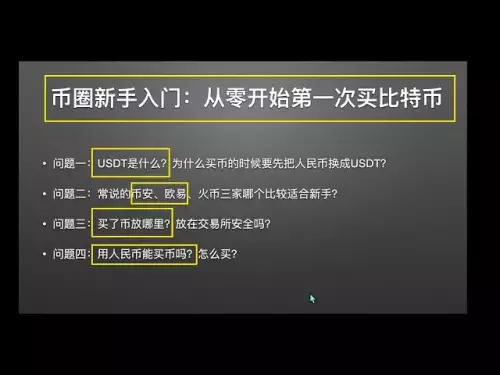 |
|
 |
|
 |
|
 |
|
 |
|
 |
|
 |
|
 |
|
 |
|
 |
|
 |
|
 |
|
 |
|
 |
|
 |
|
Cryptocurrency News Articles
NVIDIA, Cosmos, and Physical AI: Building the Future of Robotics
Aug 12, 2025 at 03:01 pm
Explore NVIDIA's Cosmos platform and its impact on physical AI, enabling faster development of robotics and autonomous systems through advanced simulation and AI models.

NVIDIA's advancements in physical AI are reshaping robotics and simulation. The Cosmos platform, with its World Foundation Models, offers a streamlined approach to developing sophisticated AI systems. Let's dive in!
The Rise of NVIDIA Cosmos in Physical AI
NVIDIA has introduced the Cosmos World Foundation Models (WFMs) to empower developers in accelerating physical AI development. This platform allows customization of pretrained models for robotics, autonomous vehicles, and industrial AI, reducing the complexity of creating accurate simulations and digital twins.
A key element is the NVIDIA Cosmos Curator framework. It efficiently filters, annotates, and deduplicates massive sensor data, enhancing the quality of training data for AI models. This curated data is invaluable for physical AI applications like factory automation and autonomous driving.
Cosmos: Predict, Transfer, Reason
The Cosmos platform includes three foundational models:
- Predict: Generates continuous video sequences based on inputs and prompts.
- Transfer: Simulates environments and lighting conditions, augmenting data for 3D inputs.
- Reason: A customizable Vision Language Model that helps AI agents understand operations in real-world settings.
These models collectively improve AI systems' ability to perceive, reason, and act in complex environments.
Omniverse Libraries and Digital Twins
NVIDIA's Omniverse libraries, powered by RTX PRO Servers and DGX Cloud, enable developers to construct physically accurate digital twins. These digital twins are crucial for training AI agents and physical AI models. The libraries support data interoperability between OpenUSD and MJCF, facilitating cross-platform simulation of robots and industrial AI systems. The RTX ray-traced 3D Gaussian splatting technique enhances the realism of simulations by reconstructing real-world environments from sensor data.
NVIDIA's Vision for the Future
According to Rev Lebaredian, NVIDIA envisions a future where AI and computer graphics converge to revolutionize robotics, potentially reshaping industries worth trillions. The Omniverse libraries and SDKs are available for developers to build and deploy robotics and industrial AI applications.
The Broader Impact and Market Confidence
NVIDIA's new Nemotron and Cosmos models are enhancing productivity with AI agents and humanoid robots. Companies like CrowdStrike, Uber, and Zoom are already leveraging these models. These advancements are projected to deliver significant revenue gains and cost savings by 2028.
Final Thoughts
NVIDIA's Cosmos WFMs mark a significant leap in physical AI, enabling developers to create more accurate and scalable AI systems. With ongoing advancements, NVIDIA is solidifying its role in driving AI-driven robotics and simulation technologies. The blend of AI and CG is a game changer, and NVIDIA is leading the charge. It's gonna be a wild ride, folks!
Disclaimer:info@kdj.com
The information provided is not trading advice. kdj.com does not assume any responsibility for any investments made based on the information provided in this article. Cryptocurrencies are highly volatile and it is highly recommended that you invest with caution after thorough research!
If you believe that the content used on this website infringes your copyright, please contact us immediately (info@kdj.com) and we will delete it promptly.






























































